Self-Drilling Rock Anchor: A Solution for Zhengyang Tunnel Stability
Time:2024-12-11From:sinorock View:
The Zhengyang left-line tunnel, an extra-long infrastructure project on the highway connecting Chongqing and Changsha, spans a remarkable 3600 meters. This tunnel stands as a testament to the engineering challenges posed by geological complexities and extreme environmental conditions. Among these, addressing the stability of the surrounding rock in a water-saturated, sedimentary environment has been a critical concern. In this article, we explore the problems encountered during the construction of the Zhengyang Tunnel and how the adoption of self-drilling rock anchors provided a transformative solution.Geology of the Zhengyang Tunnel Site
The geological setting of the Zhengyang Tunnel is defined by mountain clastic sedimentary rock, primarily consisting of shale formations that are highly susceptible to water-induced softening and disintegration. The site is intersected by surface valleys, some of which feature active streams. Groundwater in the area predominantly exists as fissure water within the weathered zone, forming a mesh-like network.
Upon excavation, the tunnel quickly became a drainage zone for this fissure water. The problem was exacerbated during the rainy season, as copious amounts of water infiltrated the tunnel, creating localized strand flows. This groundwater intrusion seeped into the rock through existing fissures, causing the muddy clastic rock to weaken along lithological contact zones. This softening and subsequent disintegration significantly compromised the stability of the surrounding rock, presenting a formidable challenge to the construction process.
Initial Challenges: Limitations of the Pipe Shed Method
The initial design plan for stabilizing the tunnel relied on a 40-meter-long pipe shed system. A pipe shed typically involves driving steel pipes into the ground to create a protective canopy, shielding the tunnel excavation from unstable soil and water ingress. However, this approach proved inadequate in the Zhengyang Tunnel due to the extreme looseness of the soil in certain sections.
Despite the use of protective casings during construction, the soil conditions were so poor that the intended holes could not be formed. The pipe shed system failed to provide the necessary support, forcing engineers to reconsider their approach. This impasse underscored the need for a more adaptable, robust, and efficient ground support solution that could address the unique challenges posed by the site.
The Shift to Self-Drilling Rock Anchors
Faced with these challenges, the construction team turned to self-drilling rock anchors as an alternative solution. These systems integrate drilling, installation, grouting, and anchoring into a single continuous process. This innovative system not only simplifies the installation process but also offers superior adaptability to complex geological conditions.
What Are Self-Drilling Rock Anchors?
Self-drilling rock anchors are versatile support systems that merge multiple functions into one unit. They consist of a hollow steel rod with a sacrificial drill bit at the tip, allowing the anchor to drill through soil and rock without requiring a pre-drilled hole. Once the desired depth is reached, the anchor is grouted in place, providing both immediate and long-term stabilization.
Key features of SDA system include:
- Reliability: Their ability to handle high loads ensures robust support in challenging conditions.
- Efficiency: The integration of drilling, installation, and grouting reduces construction time and labor costs.
- Adaptability: These systems can be customized to suit varying geological and engineering requirements.
Advantages of Self-Drilling Rock Anchors in Zhengyang Tunnel
The adoption of self-drilling rock anchors brought several critical advantages to the Zhengyang Tunnel project:
1. Improved Stability in Waterlogged Conditions: The hollow design of the anchor facilitates grouting under pressure, ensuring that voids and fissures are filled, thereby enhancing the stability of the surrounding rock.
2. Versatility: These systems performed well across diverse geological formations, from loose soils to hard rock.
3. Simplified Installation: The single-step process eliminated the need for separate drilling and anchoring operations, reducing construction delays.
4. Enhanced Safety: By minimizing the risk of collapse during excavation, they contributed to a safer working environment.
Application and Performance of Self-drilling Rock Anchors in the Zhengyang Tunnel
The use of these systems in the Zhengyang Tunnel involved careful planning and execution. The anchor bars were installed systematically, with grouting tailored to match the local geological conditions. The system’s open nature allowed it to integrate seamlessly with other support measures, such as shotcrete and steel ribs, to create a comprehensive stabilization framework.
During installation, engineers employed high-pressure grouting to fill fissures and reinforce the weakened rock mass. This approach proved particularly effective in mitigating water ingress, even during peak rainfall periods. The bars not only stabilized the surrounding rock but also prevented further disintegration of the shale formations.
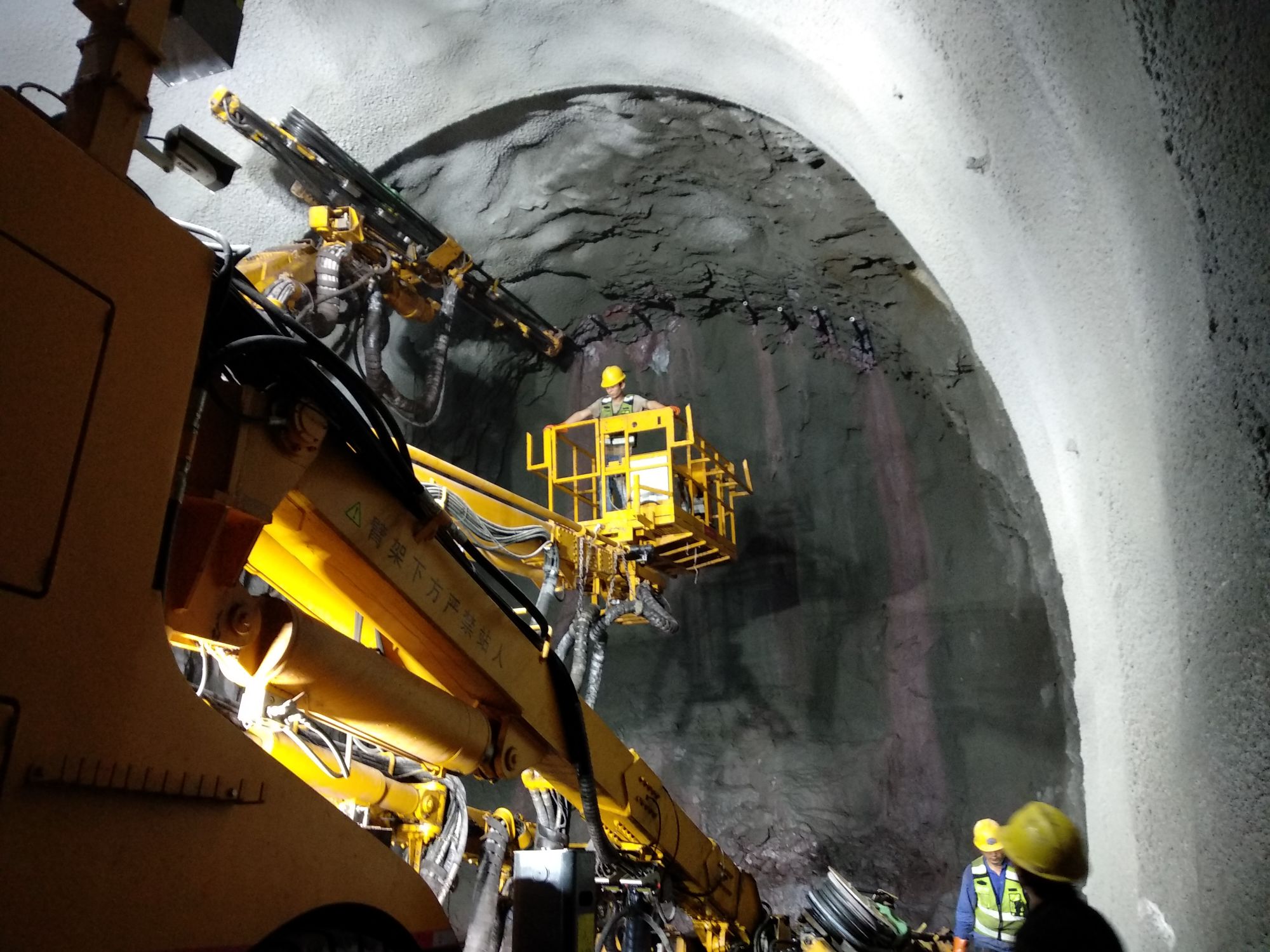
Current State of the Industry: Self-Drilling Rock Anchors
The success of bars in projects like the Zhengyang Tunnel highlights their growing importance in the field of geotechnical engineering. As infrastructure development continues to expand into challenging terrains, the demand for innovative ground support solutions is on the rise. These systems are increasingly recognized for their ability to address the complexities of modern construction projects.
Industry Applications
Beyond tunnel construction, SDRAs are widely used in applications such as slope stabilization, retaining walls, and foundation support. Their versatility and reliability make them a preferred choice for projects requiring robust anchoring solutions.
Conclusion: Transforming Challenges into Opportunities
The Zhengyang Tunnel project exemplifies how engineering ingenuity and innovative technologies can overcome daunting geological challenges. The shift from a pipe shed system to self-drilling rock anchors not only resolved the stability issues but also set a great sample for the use of these systems in similar projects.
As the construction industry evolves, the role of self-drilling rock anchors in enabling safe and efficient infrastructure development is set to grow. By addressing the unique demands of projects like the Zhengyang Tunnel, these systems demonstrate their potential to transform challenges into opportunities, paving the way for future advancements in geotechnical engineering.
latest news
-
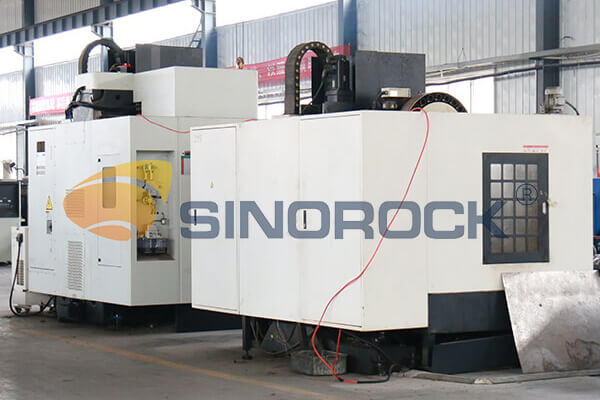
- 3 Crucial Factors That Impact the Quality of Self-Drilling Hollow Bolts
- Time:2025-01-26From:This Site
- As we all know, the quality of the self-drilling hollow bolts is vital to the whole project. It determines if the project is safe for the people in future use. Then, what will affect the quality of the self-drilling hollow bolts?
- View details
-

- Self-Drilling Anchor Bolt Construction in Complex Geological Slope
- Time:2025-01-24From:This Site
- During construction, Self-drilling hollow anchor bolt integrates drilling, grouting and anchoring functions, which significantly improves drilling efficiency. And under the action of pressure pump, the grouting in the rock strata and voids is full, which ensures the grouting thickness and anchoring effect.
- View details
-
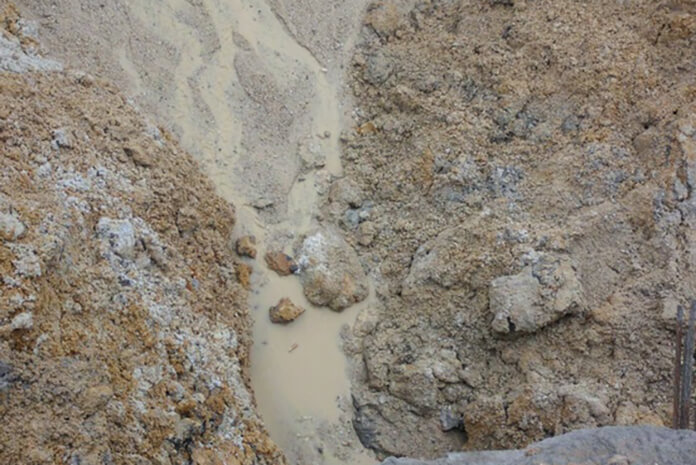
- How Does Self-drilling Rock Bolt Drill in Quicksand Geological Condition?
- Time:2025-01-19From:This Site
- This in-depth guide explores how self-drilling rock bolts function in quicksand geological conditions, covering the challenges, construction methods, and best practices for ensuring effective anchorage in unstable, fluidic soil layers.
- View details
-
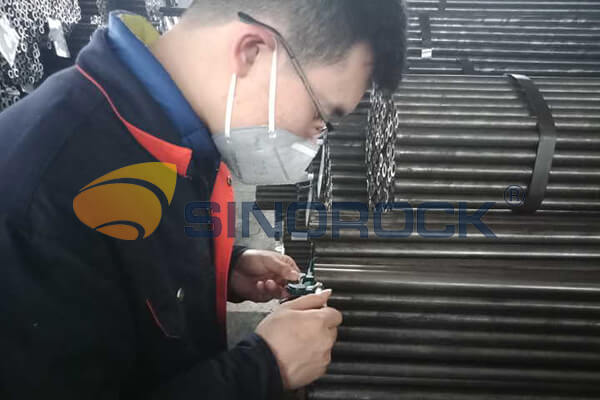
- Quality Control: the Vital Factor of A SDA Bolt Factory
- Time:2025-01-09From:This Site
- Sinorock’s comprehensive quality control system, from supplier management to outgoing inspections, ensuring the highest standards for self-drilling anchor bolts in construction.
- View details
-
.png)
- International Women's Day with Strawberry-picking
- Time:2024-03-09From:This Site
- Marked the annual observance of International Women's Day, and to commemorate this significant event, Sinorock organized a special strawberry-picking event exclusively for its female employees.
- View details
-

- Celebrate the 74th anniversary of the founding of the People's Republic of China
- Time:2023-10-01From:This Site
- On October 1st every year, we observe the annual National Day, commemorating the birth of our beloved motherland.
- View details
-
.jpg)
- SINOROCK to Attend EXPOMINA PERÚ 2024 in Lima, Peru
- Time:2024-08-10From:This Site
- Sinorock to Attend EXPOMINA PERÚ 2024 in Lima, Peru
- View details
-
.jpg)
- SINOROCK to Participate in MINING AND METALS CENTRAL ASIA 2024
- Time:2024-08-08From:This Site
- SINOROCK to Participate in MINING AND METALS CENTRAL ASIA 2024
- View details
-
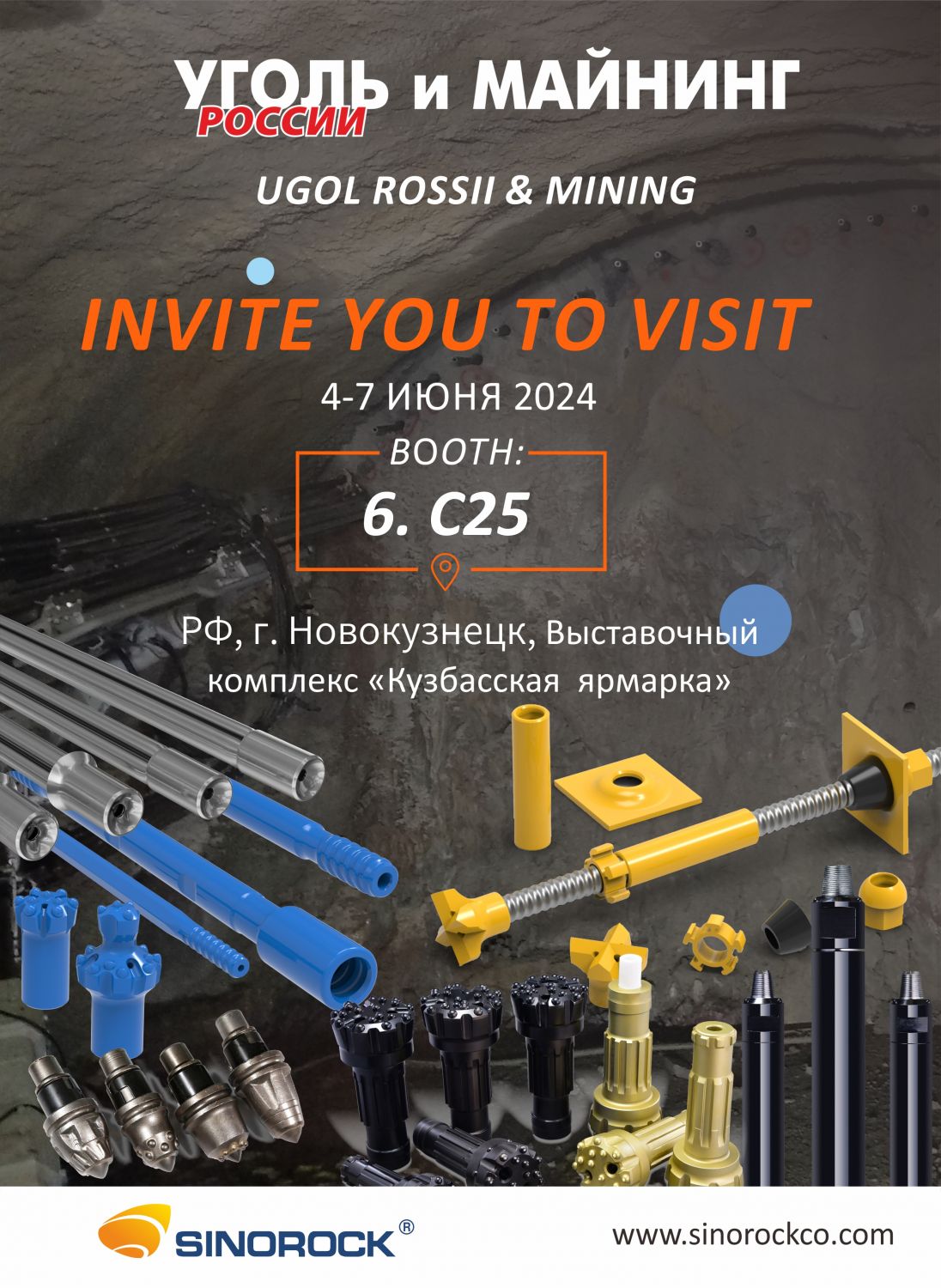
- SINOROCK Gears Up for UGOL ROSSII & MINING 2024 with Custom Mining Solutions
- Time:2024-05-15From:This Site
- SINOROCK is thrilled to announce its participation in the highly anticipated 32nd International Trade Fair for Mining Technology, UGOL ROSSII & MINING 2024. The event will take place at the Exhibition complex "Kuzbass Fair" in Novokuznetsk, Kemerovo region - Kuzbass, Russia, from June 4th to 7th, 2024.
- View details
 Download
Download 


